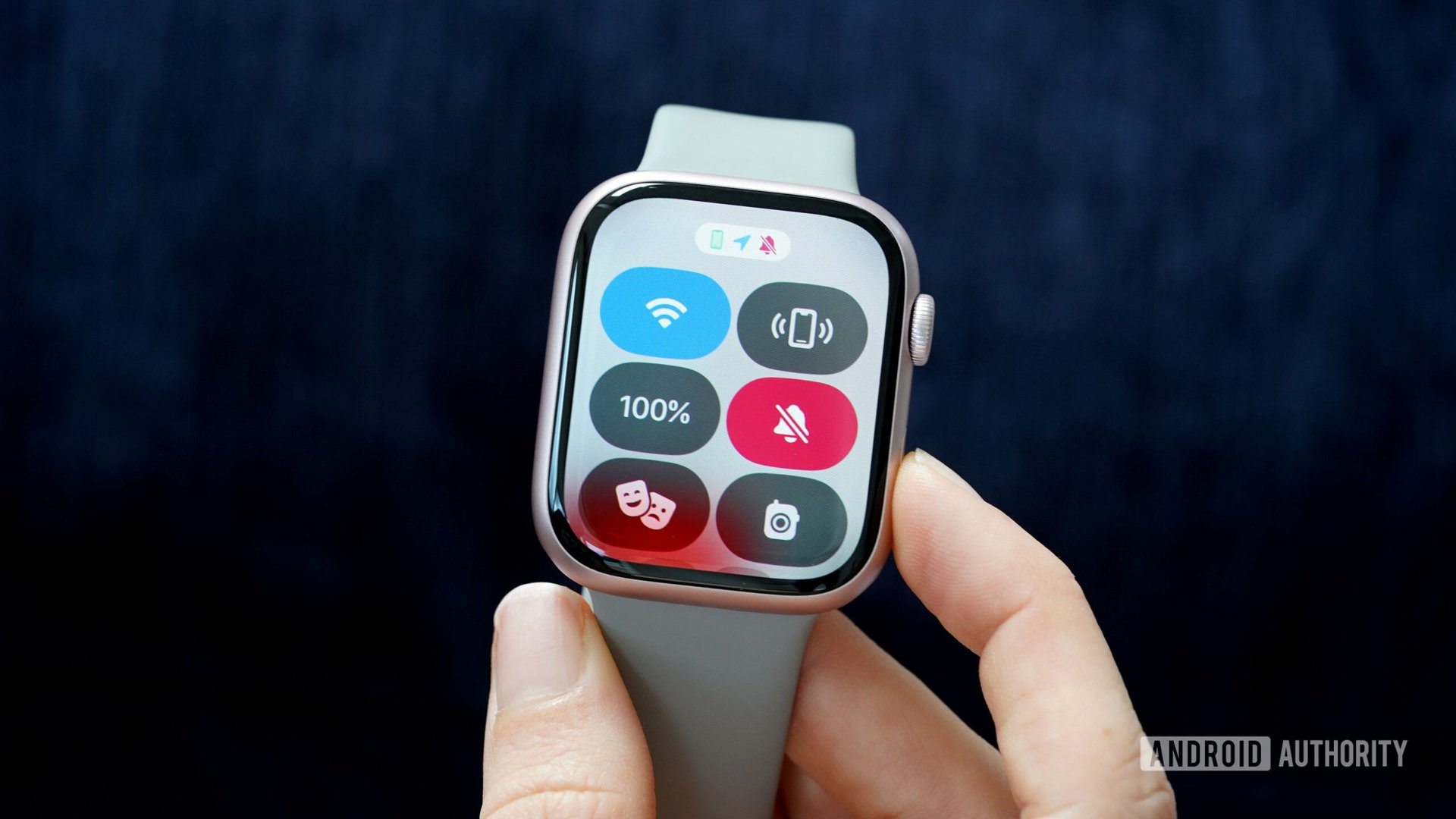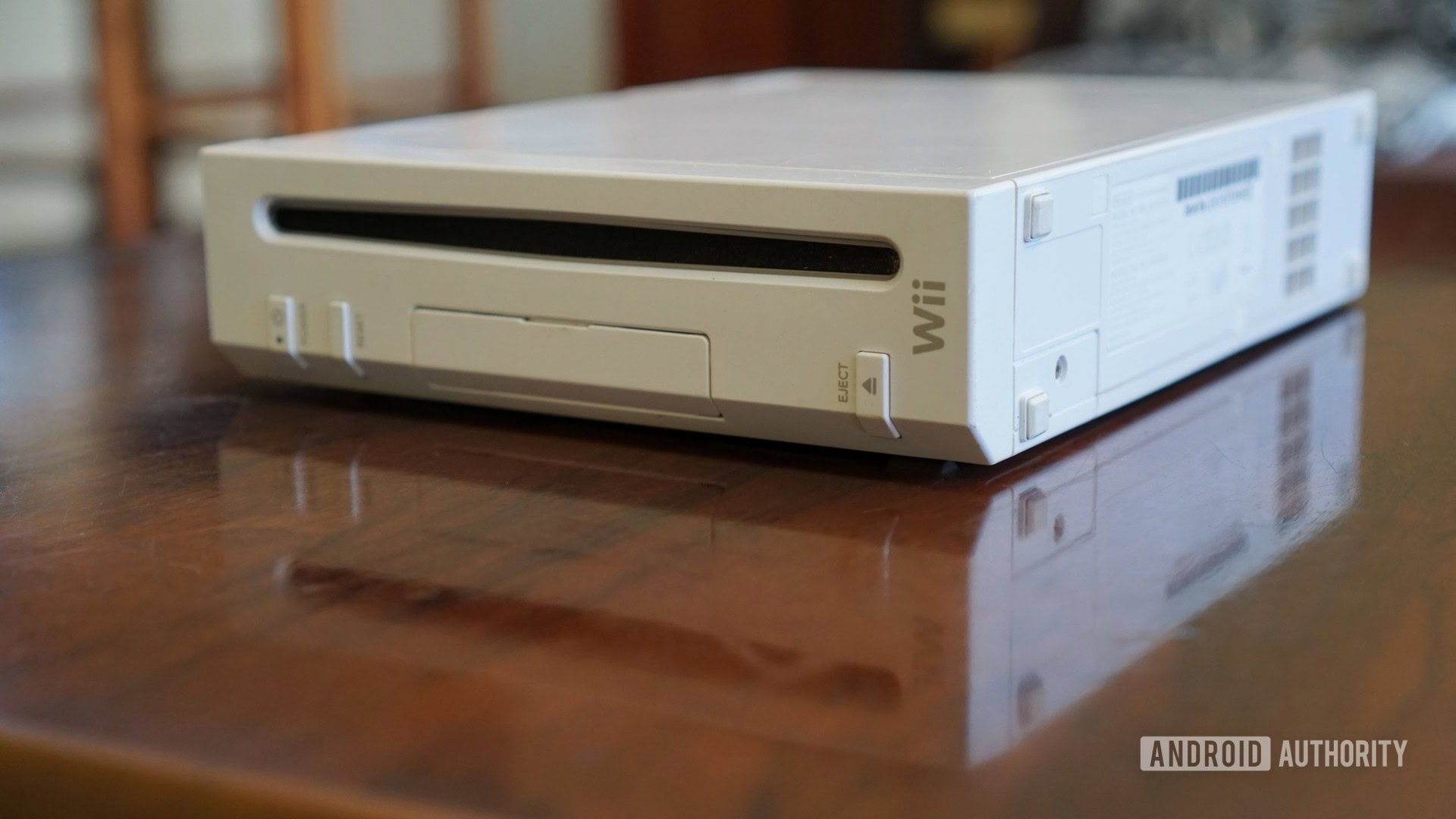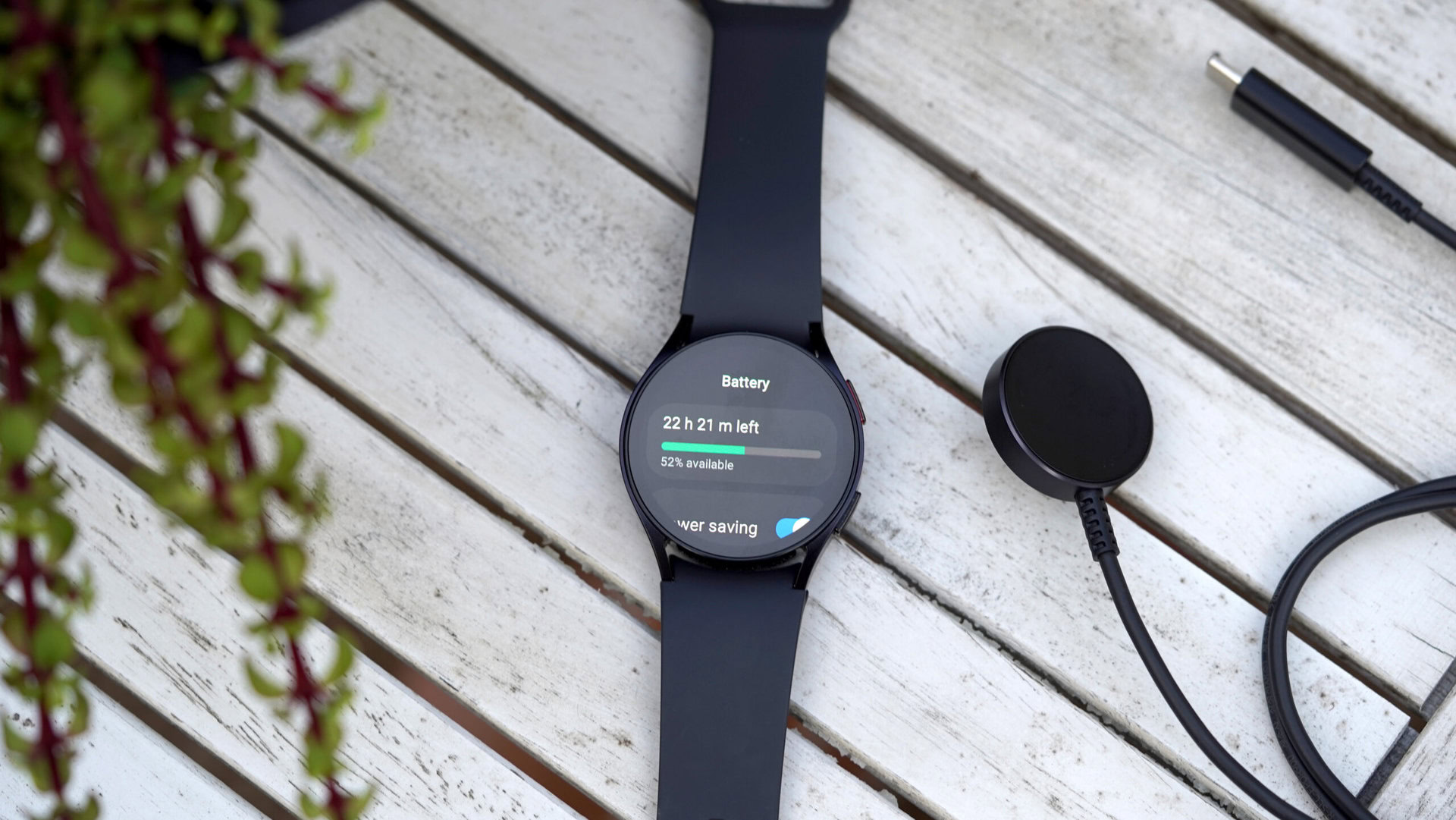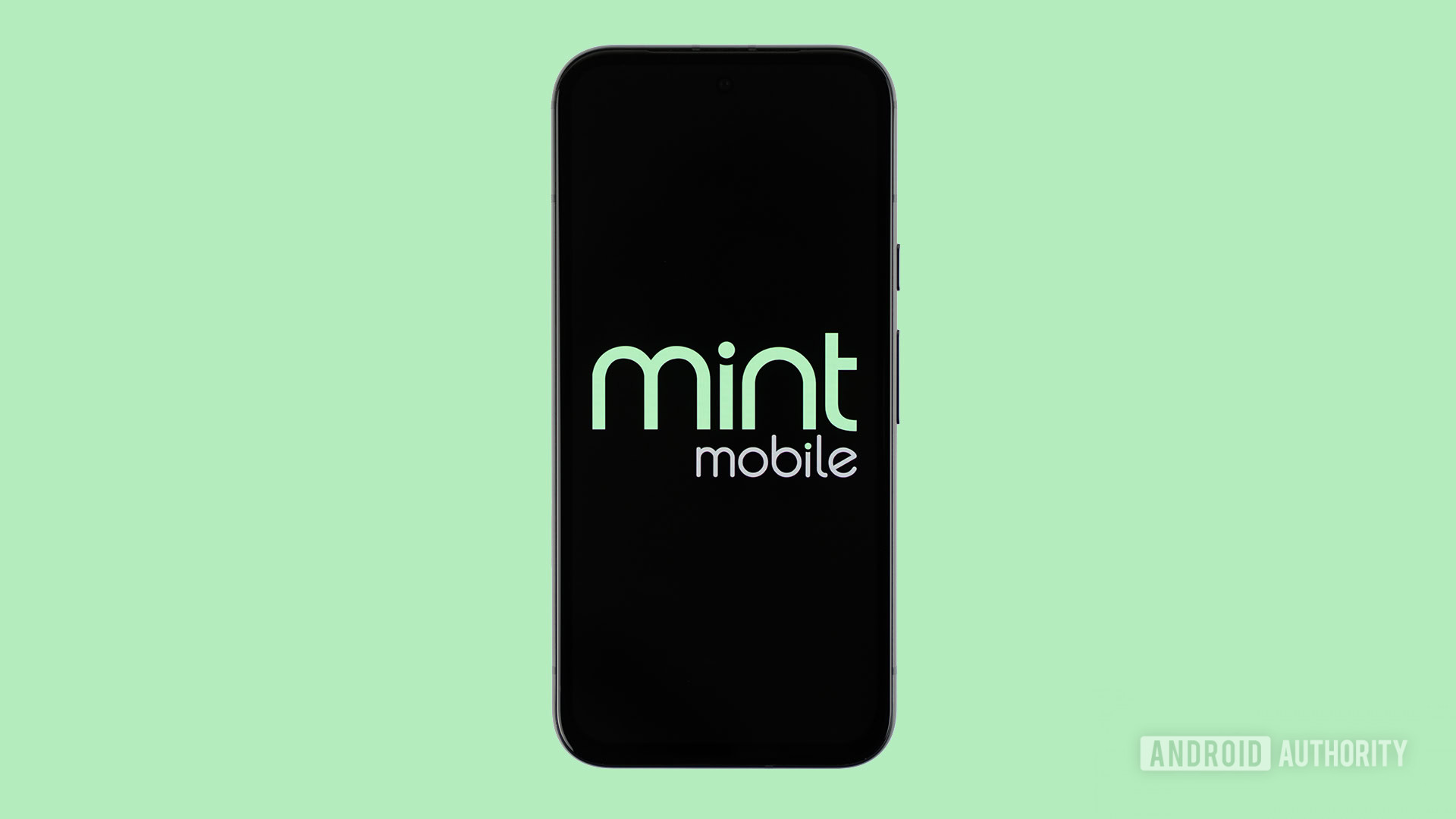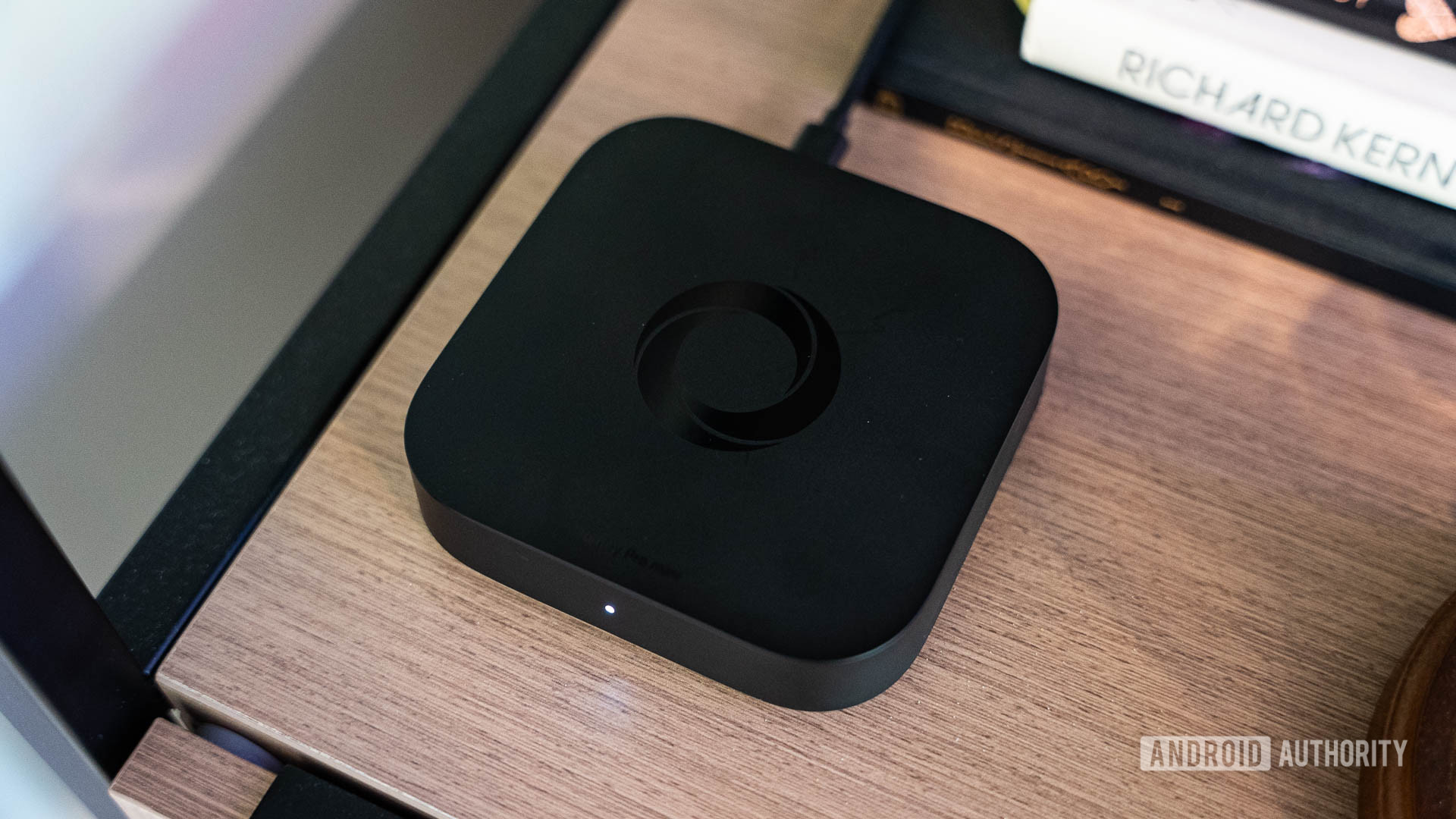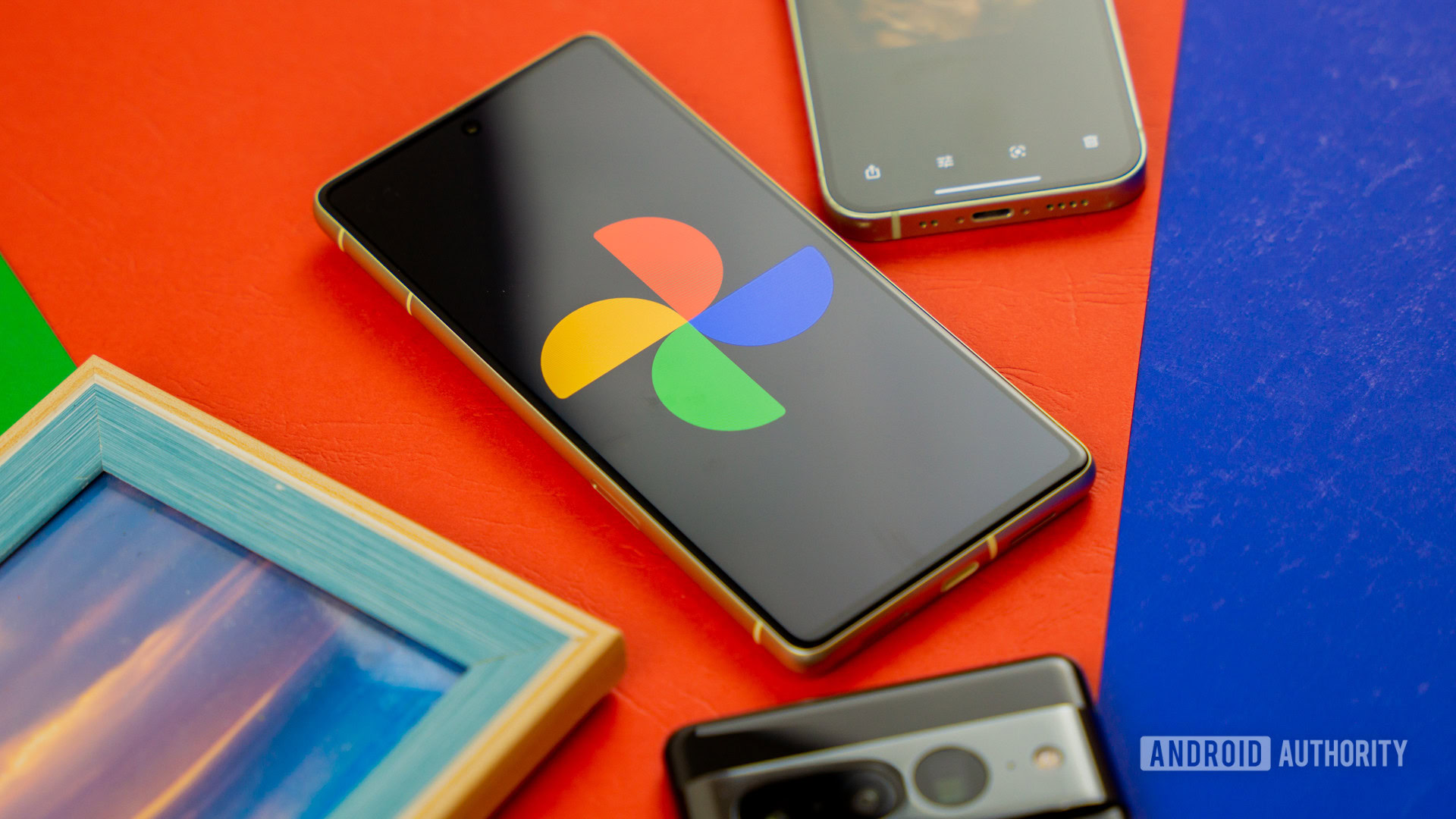Affiliate links on Android Authority may earn us a commission. Learn more.
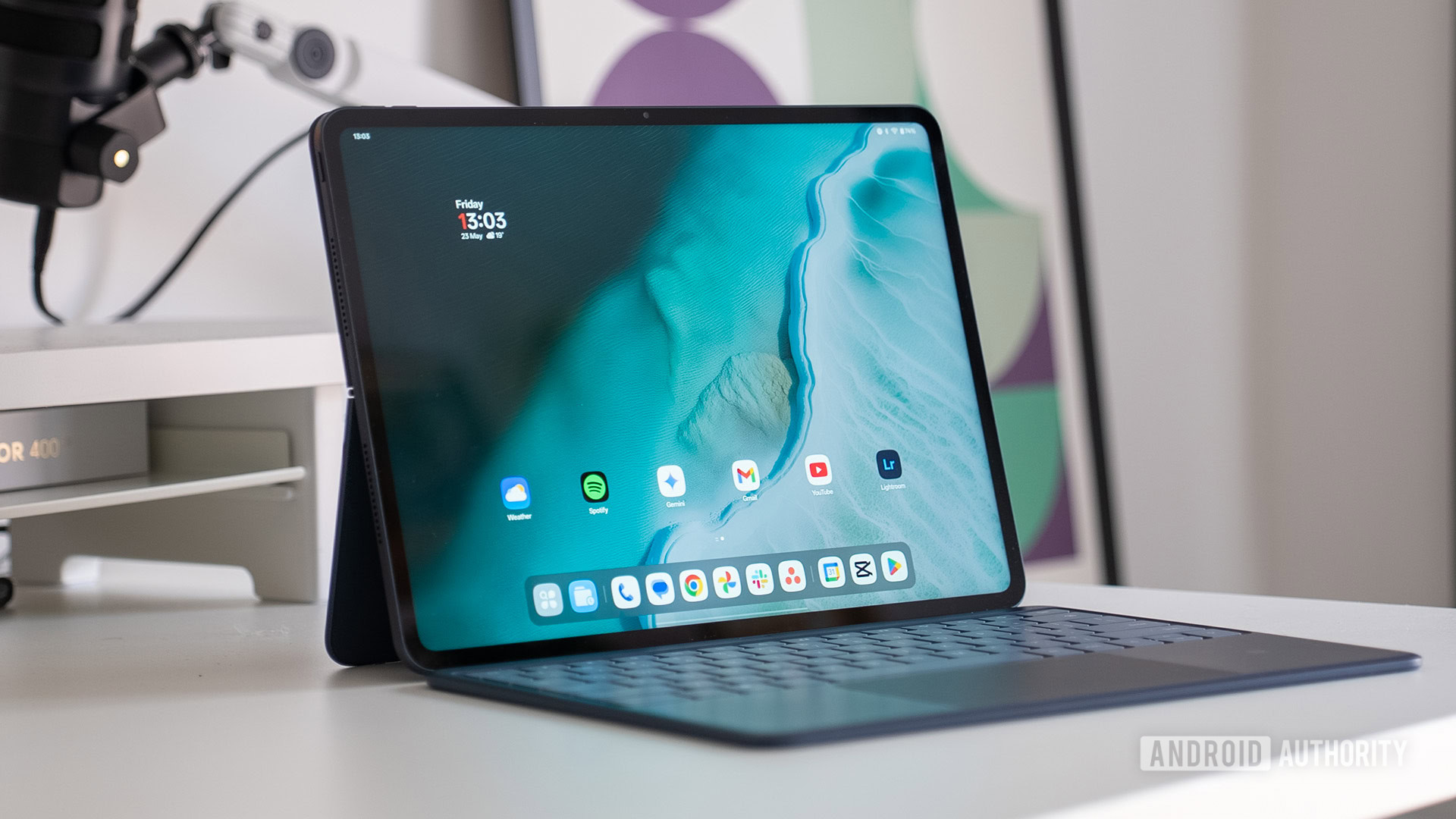

Reviews
OnePlus wants Samsung’s Android tablet crown, and I think the Pad 3 can take it
0
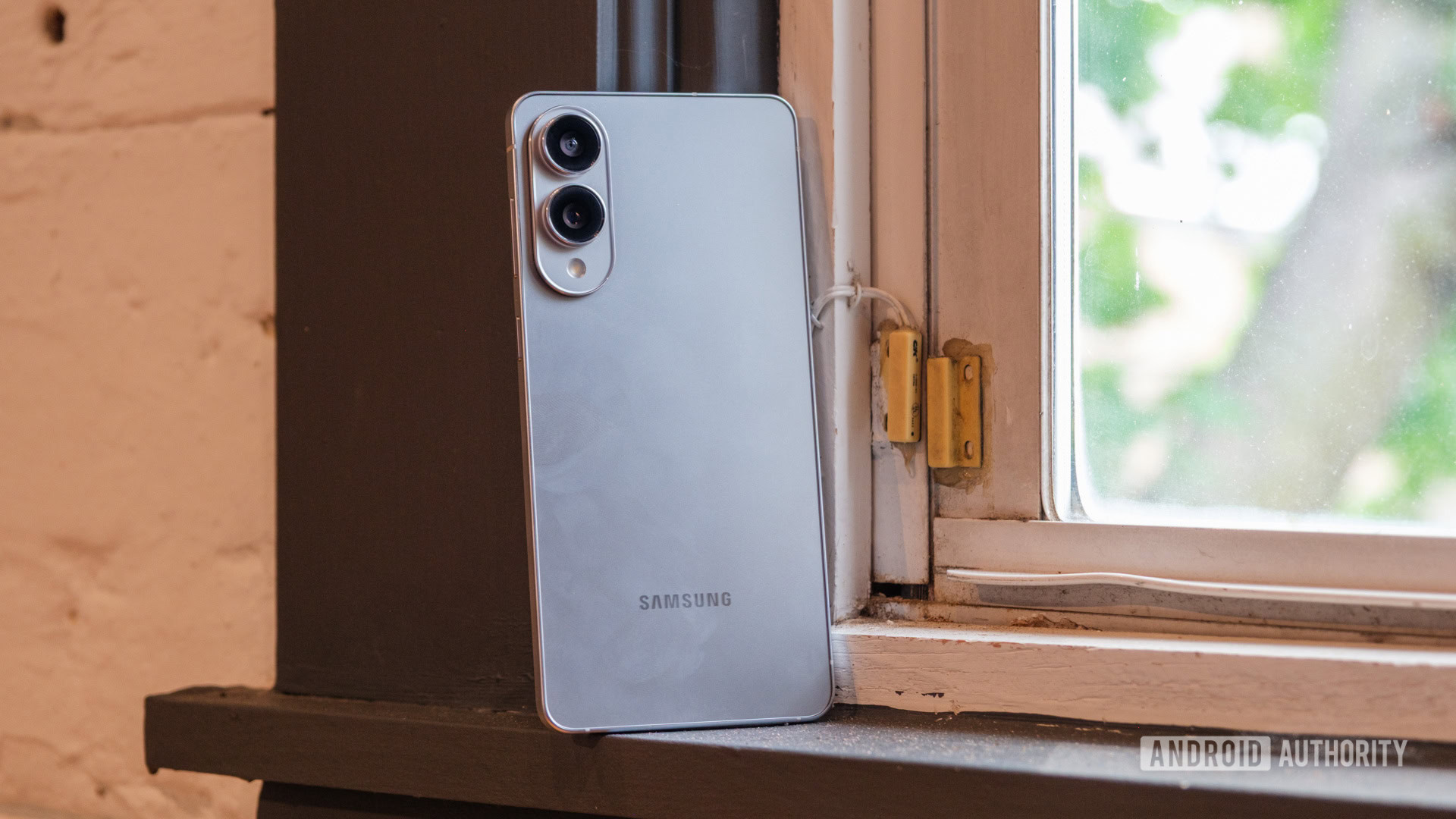
Features
5 Android phones you should buy instead of the Galaxy S25 Edge
0
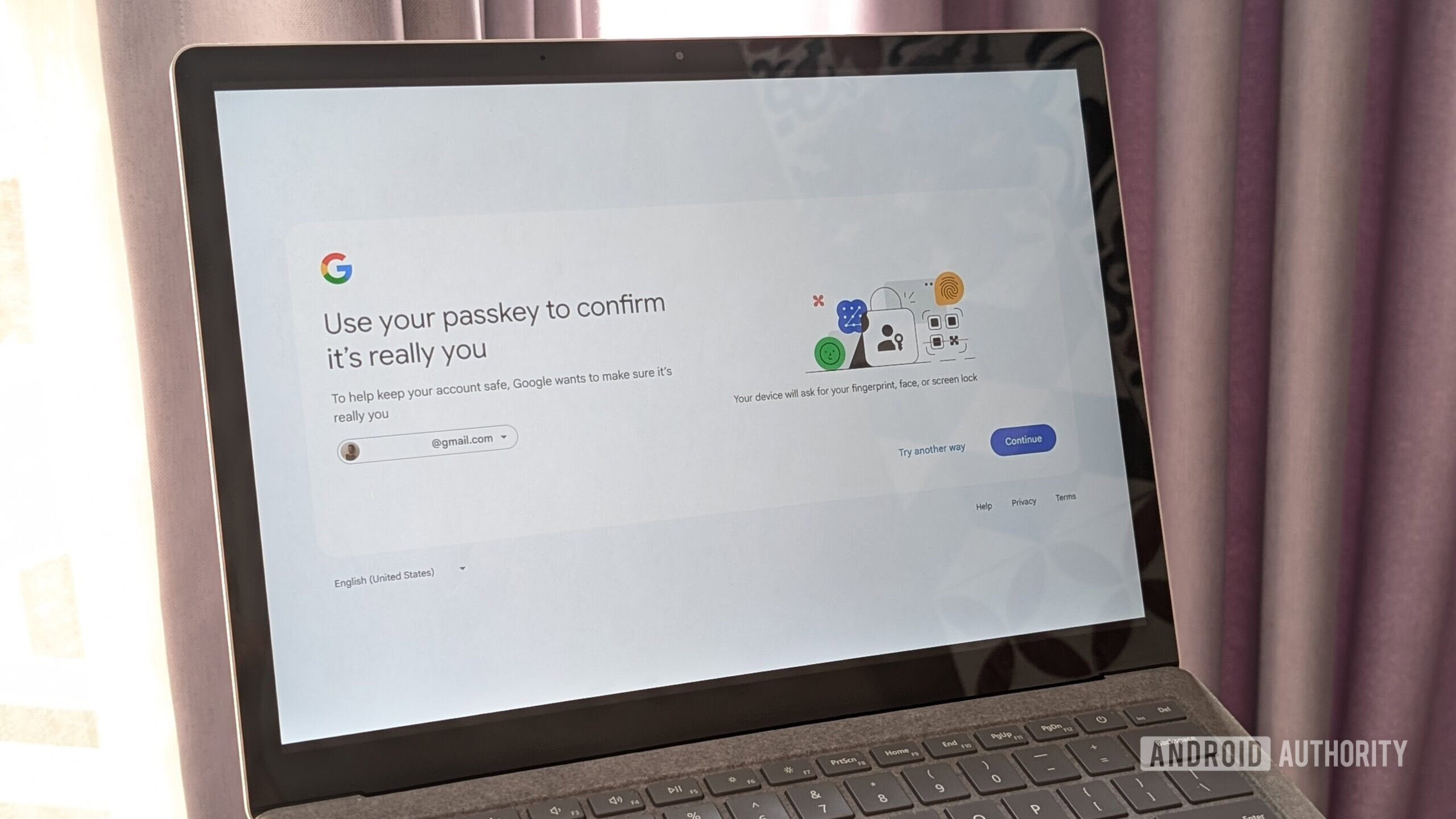
Features
I ignored Google’s passkey prompts for months, but now I feel silly for waiting
0
In case you missed it
More news

Andy WalkerJune 2, 2025
0
The best new Android apps and games for June 2025
Android 16 release date: Here's when you'll get the next major OS upgrade
Andy WalkerMay 21, 2025
0
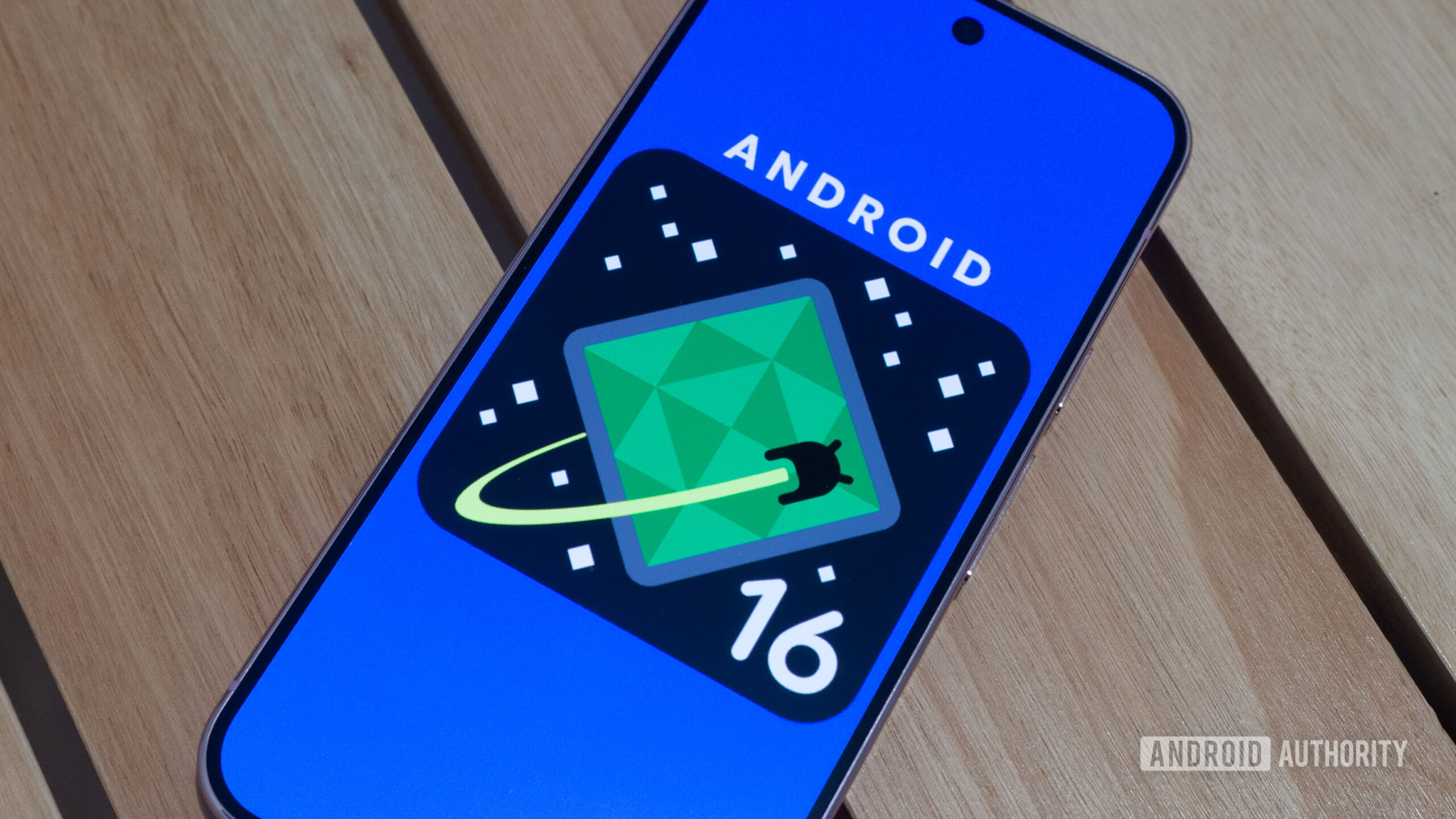
Here are my favorite Samsung Galaxy wallpapers of all time
Mitja RutnikMay 20, 2025
0

I now recommend this carrier over T-Mobile for most users
Andrew GrushMay 19, 2025
0

How trustworthy are Verizon's and T-Mobile's so-called mobile price lock guarantees?
Andrew GrushMay 16, 2025
0
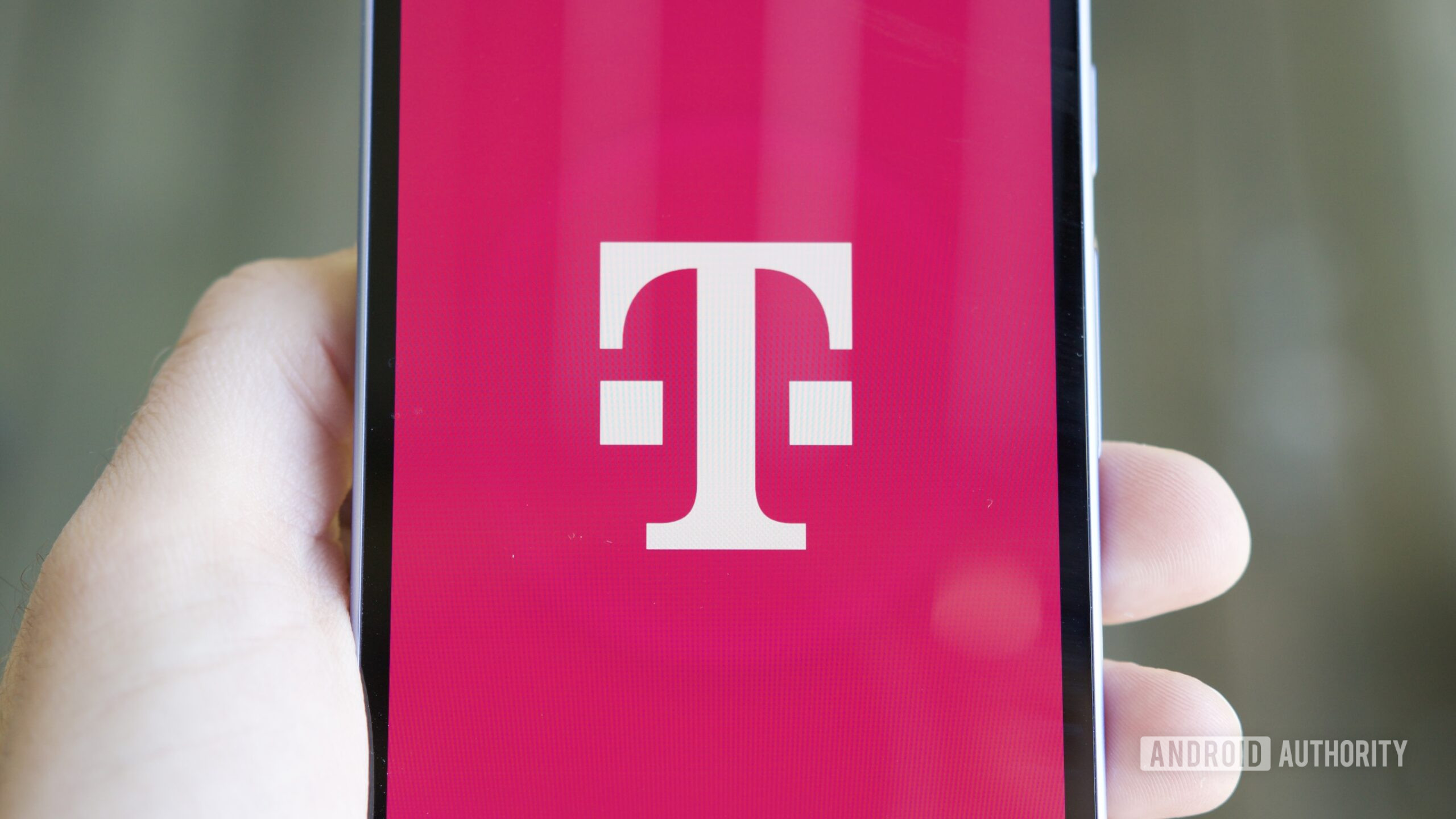
Popular Dreamcast emulator drops iOS support following harassment and threats
Matt Horne10 hours ago
0
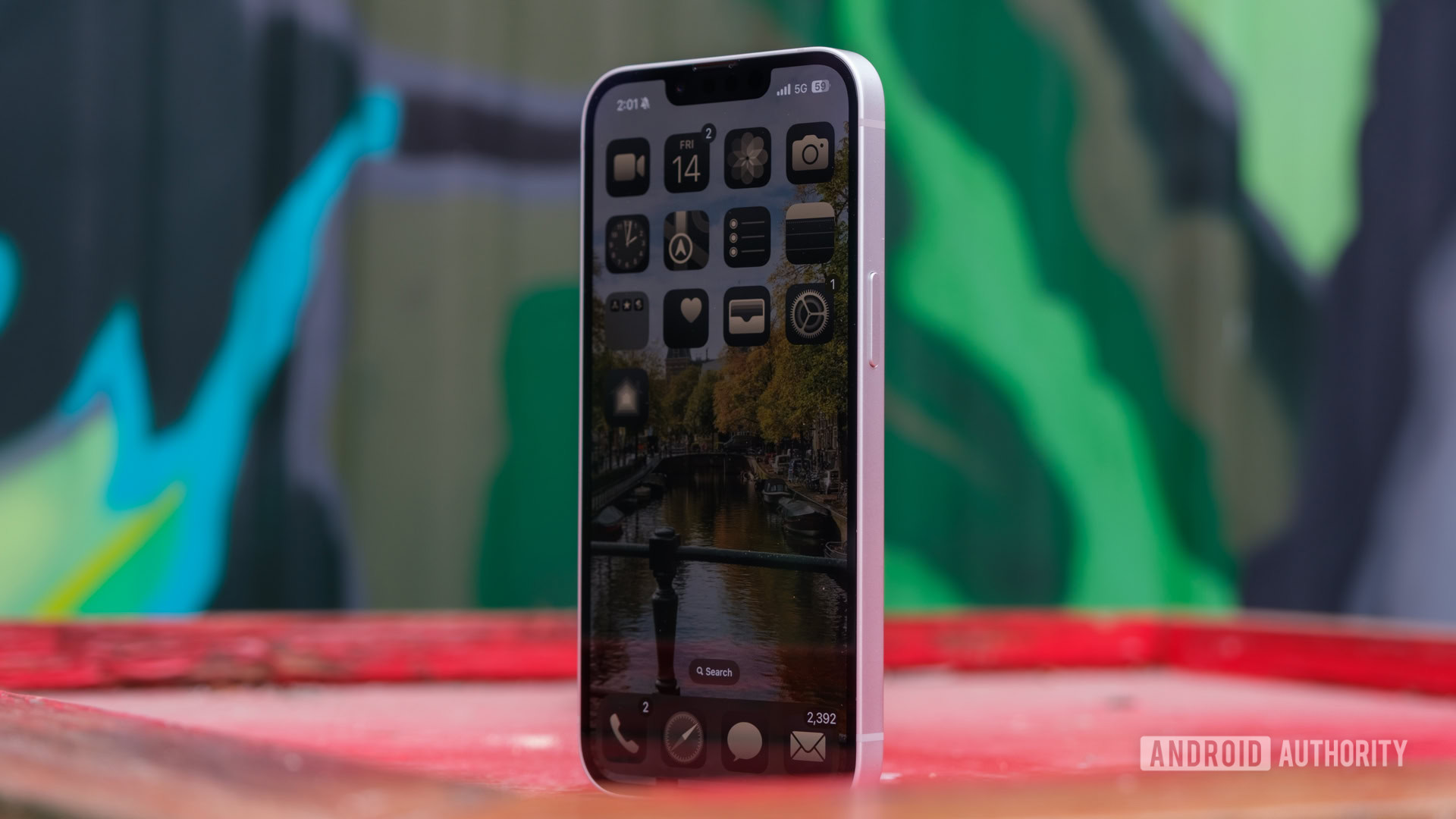
Skipping the Nintendo Switch 2's system transfer is a mistake you don't want to make
Ryan McNeal10 hours ago
0
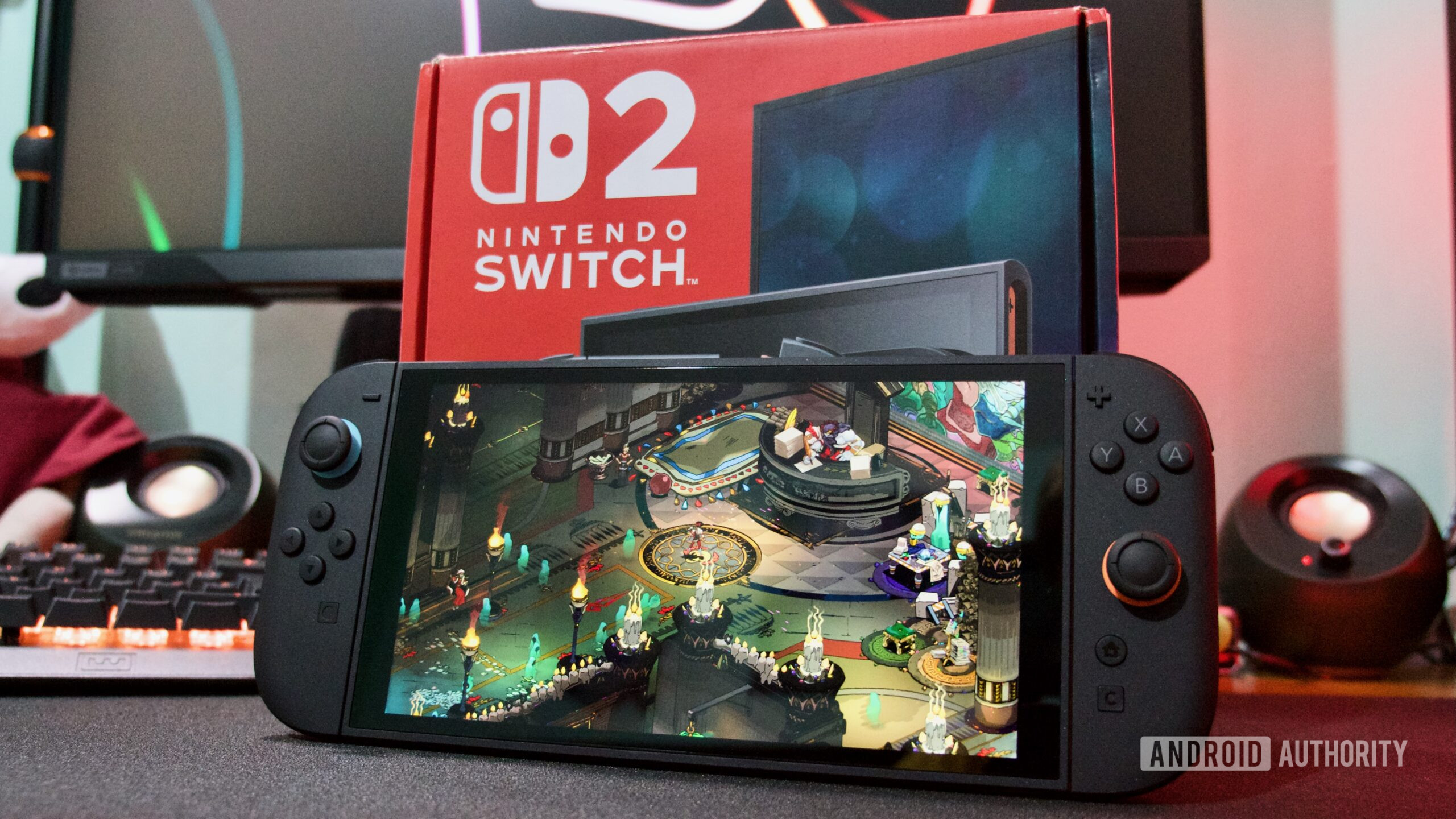
Wear OS 6 could finally add a Water Lock mode on the Pixel Watch
Mishaal Rahman10 hours ago
0
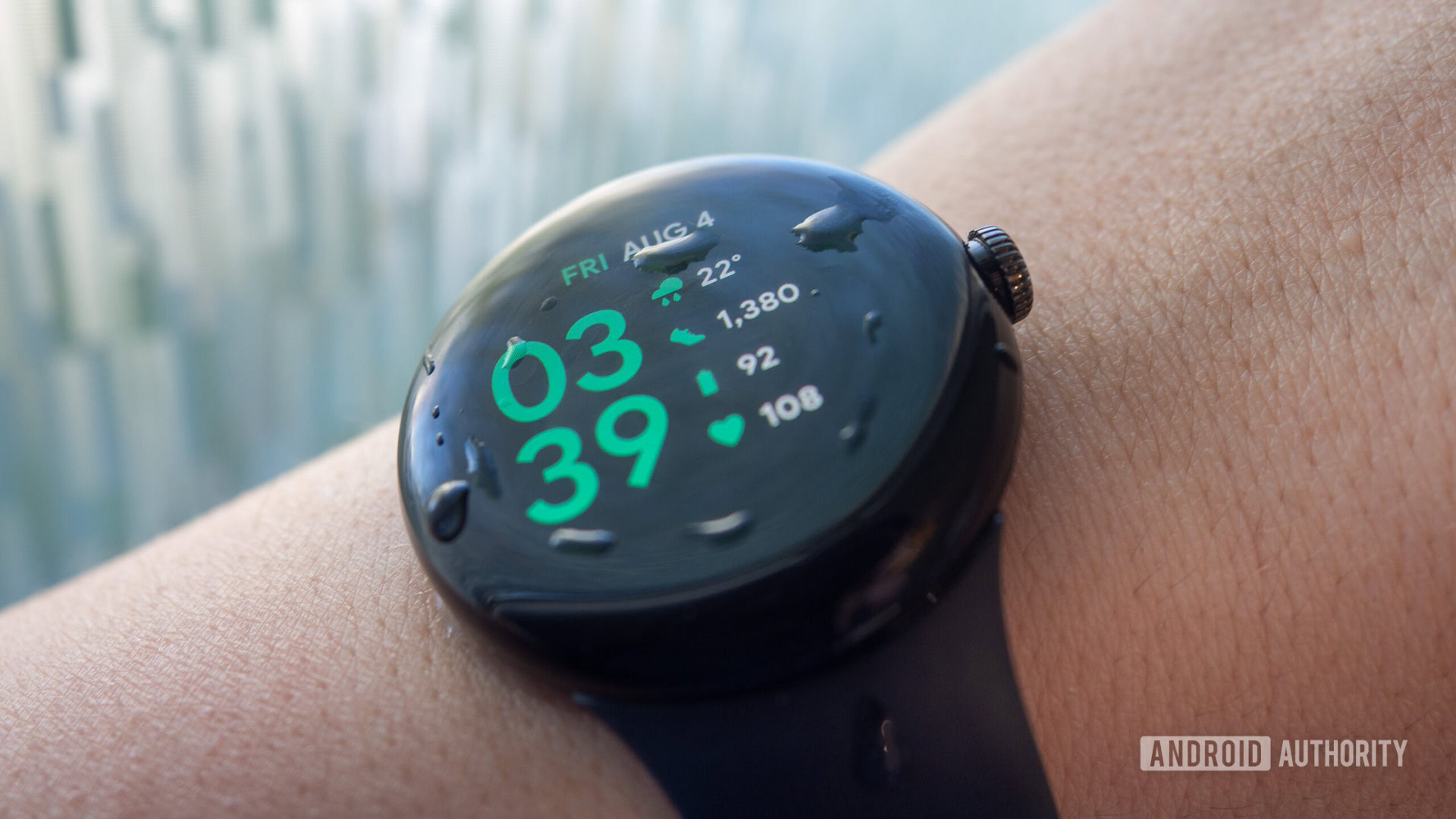
Retroid just announced a dual-screen device, but not the one you expect
Nick Fernandez10 hours ago
0
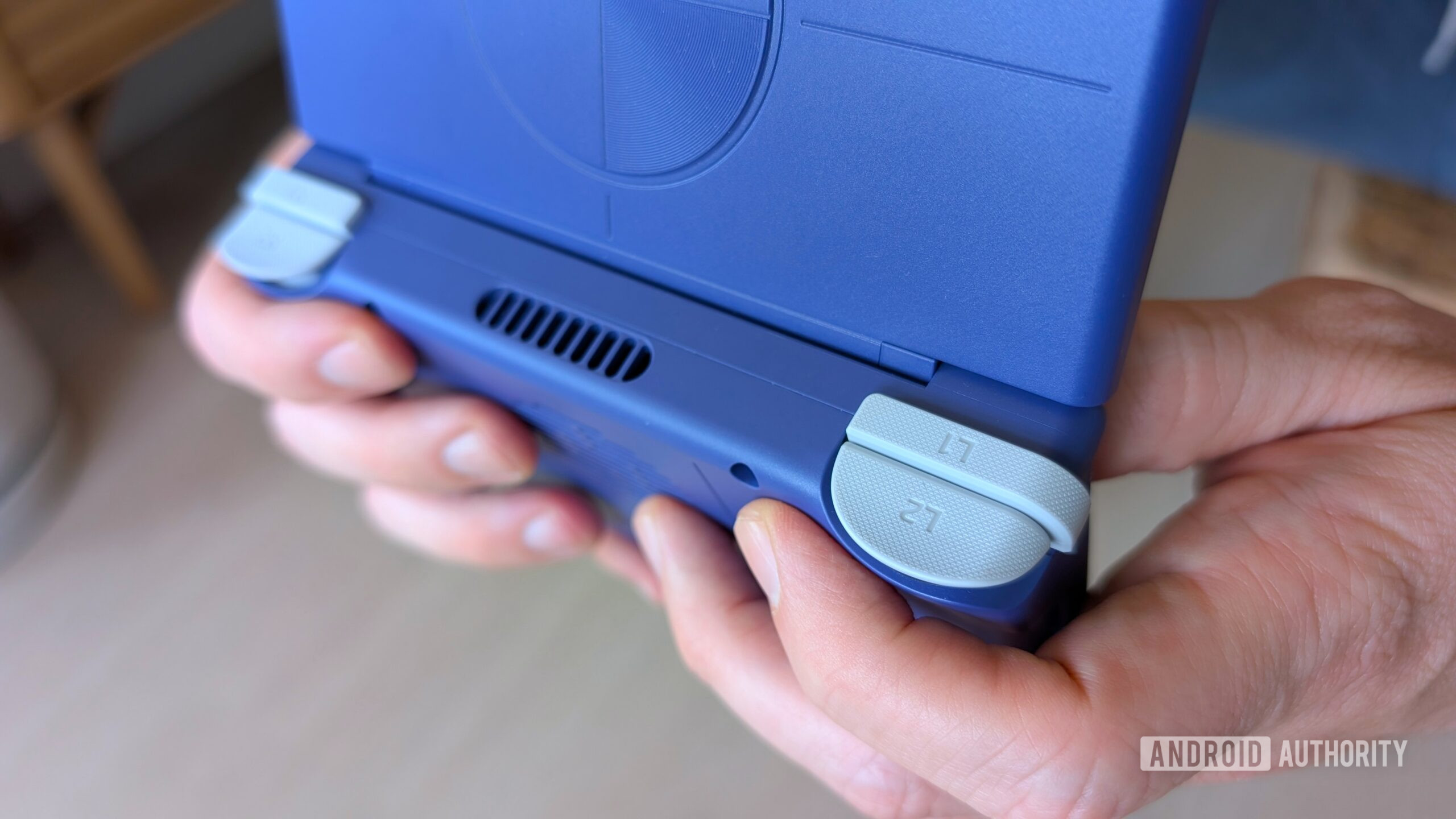
Google's Quick Share could soon play even nicer with Samsung's Quick Share (APK teardown)
Aamir Siddiqui12 hours ago
0
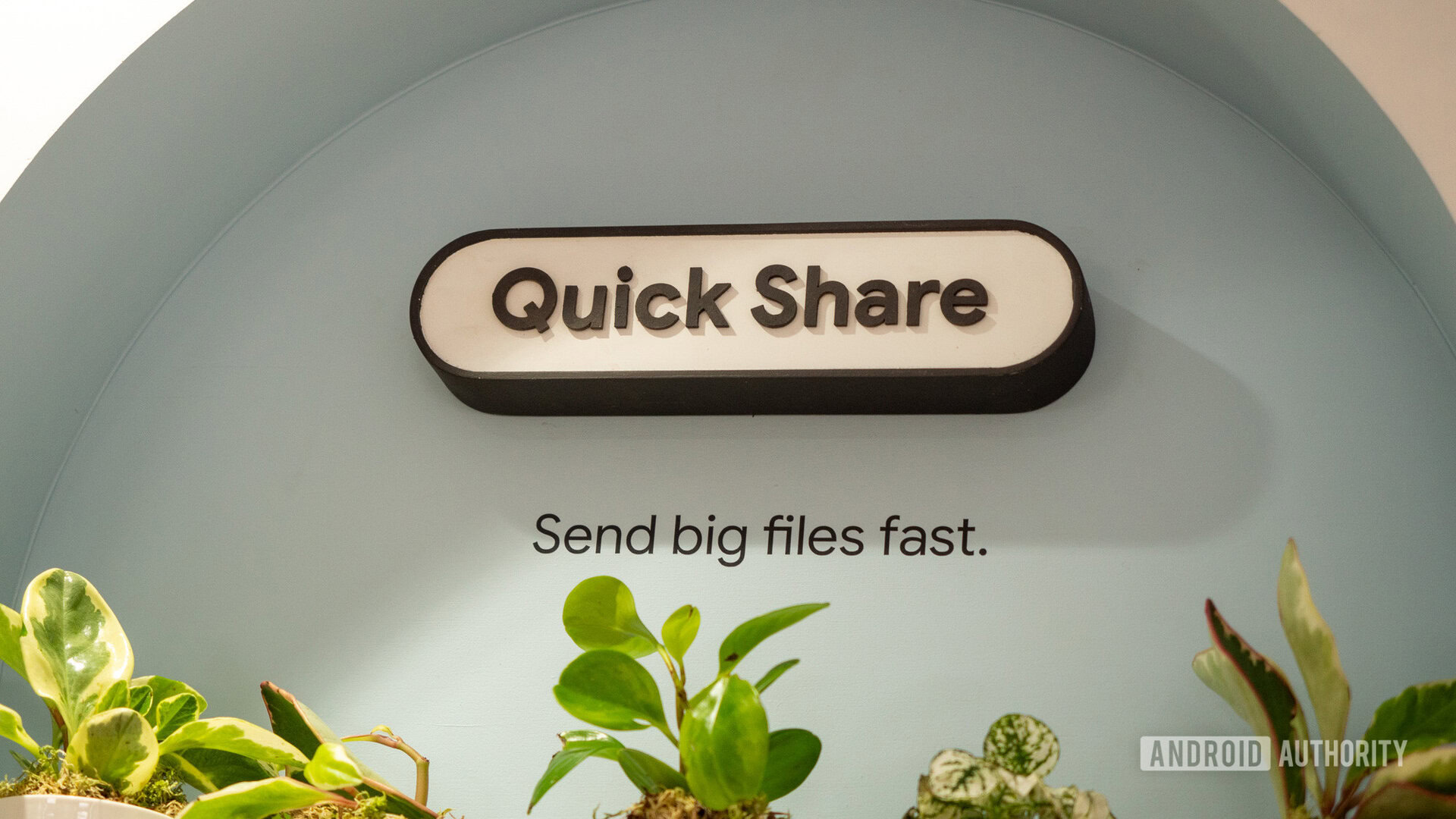
Worried about stick drift? This Switch 2 Joy Con teardown doesn't bring good news
Nick Fernandez12 hours ago
0
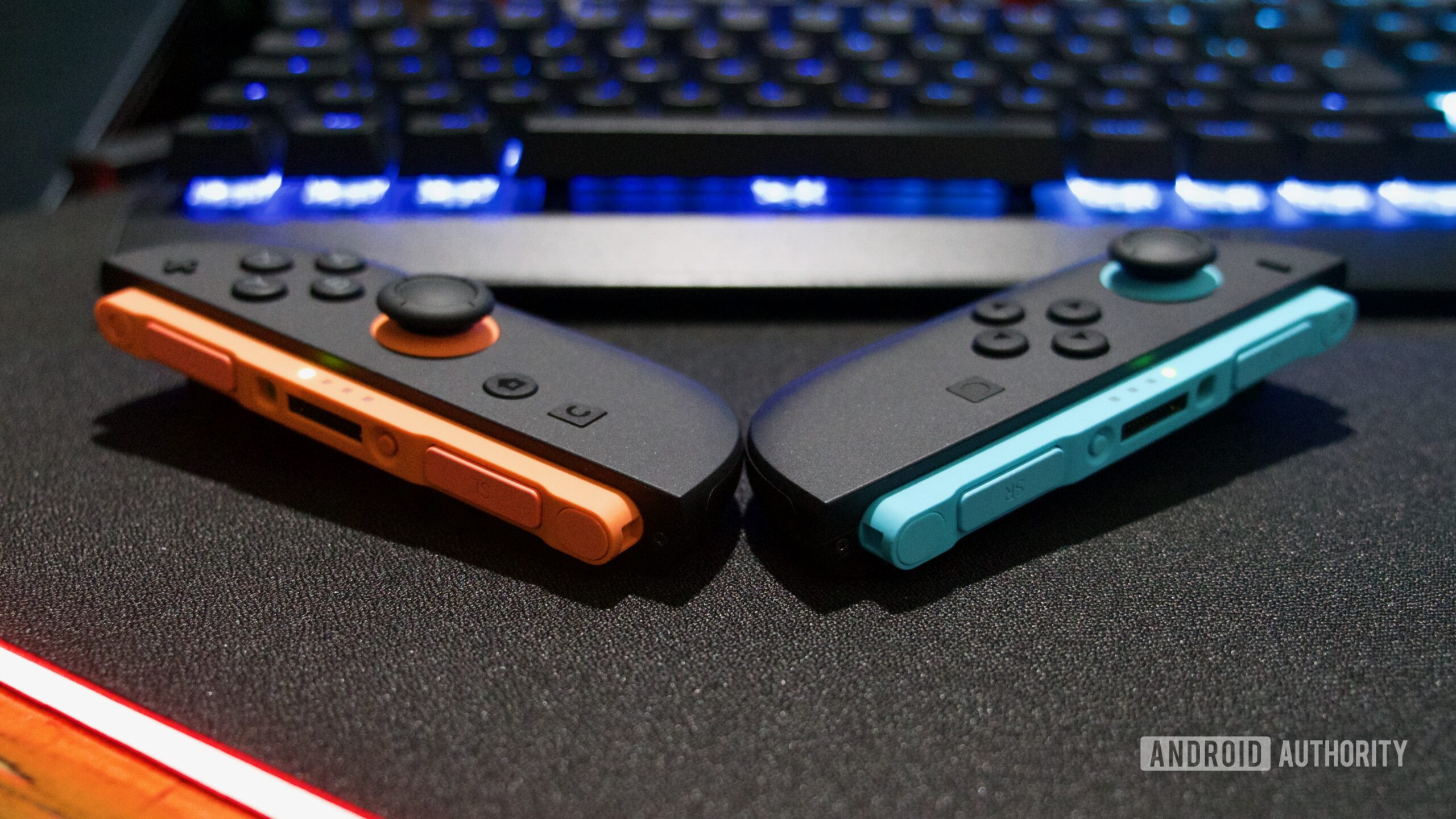
Is OPPO behind Android 16's best multitasking feature? We asked and found out.
Hadlee Simons13 hours ago
0
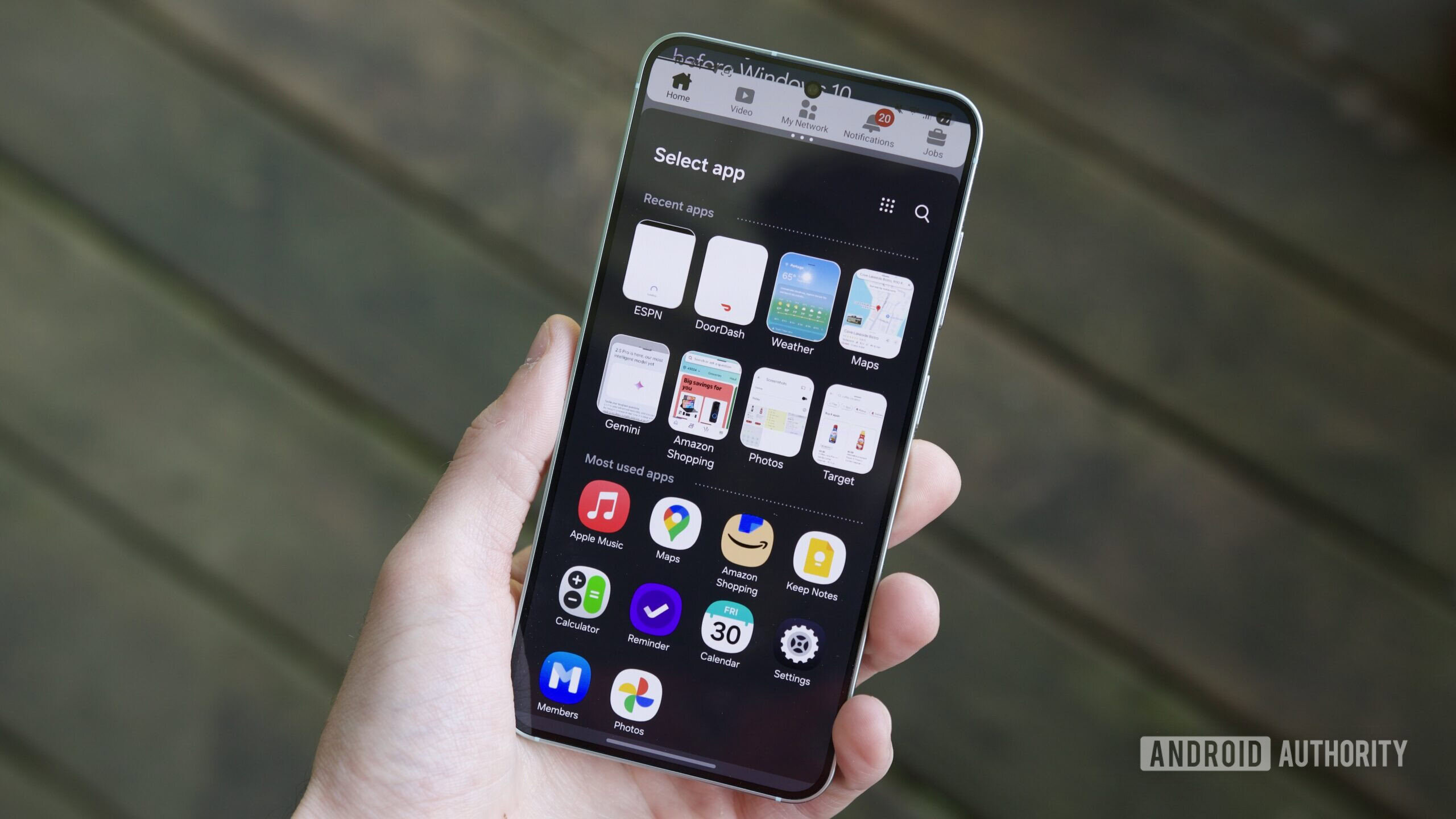
Disturbing photos show yet another Pixel 6a melting due to battery overheating
C. Scott Brown13 hours ago
0
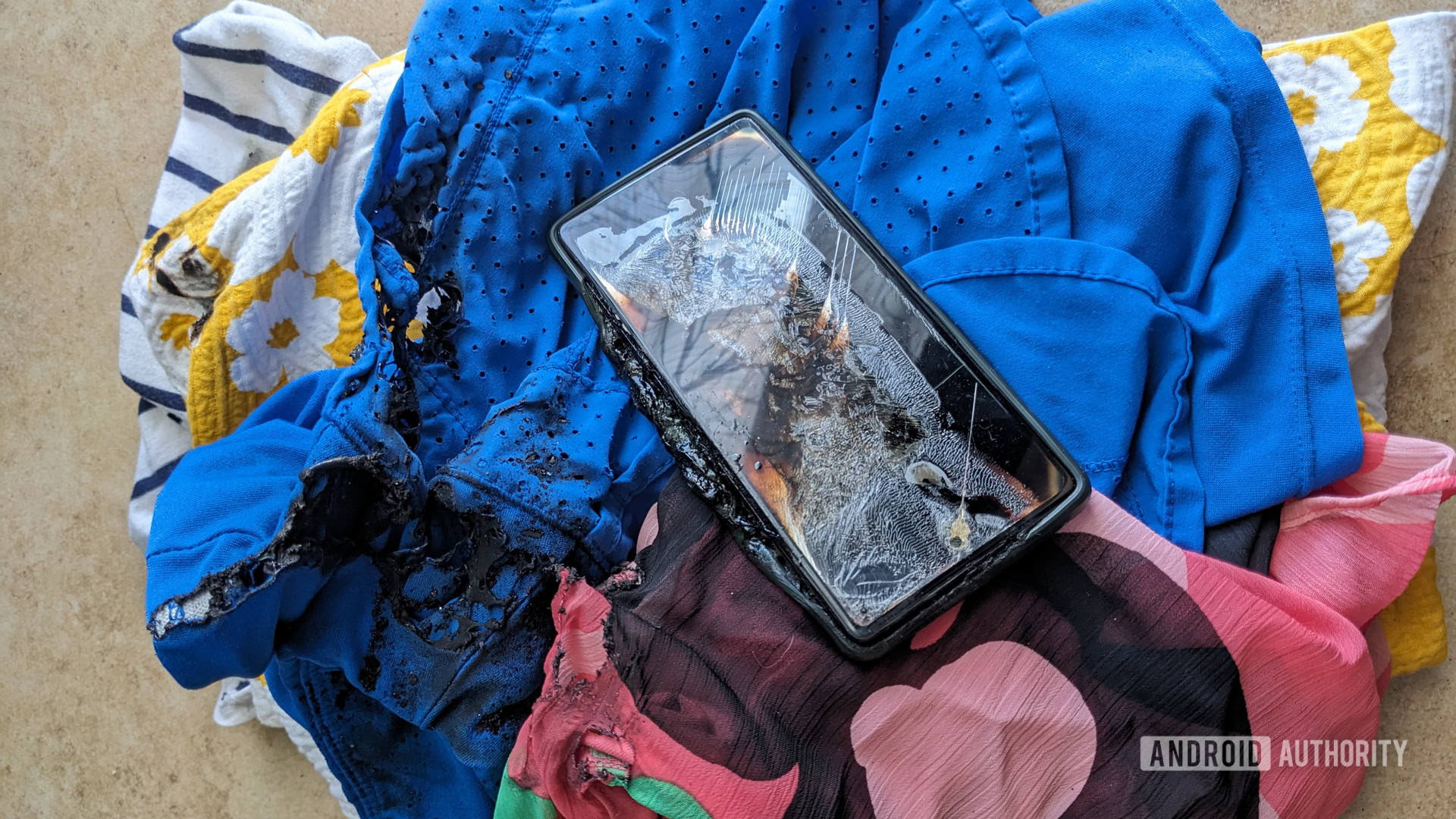
Google Home is getting even dumber: Now thermostat voice commands are broken
Aamir Siddiqui14 hours ago
0
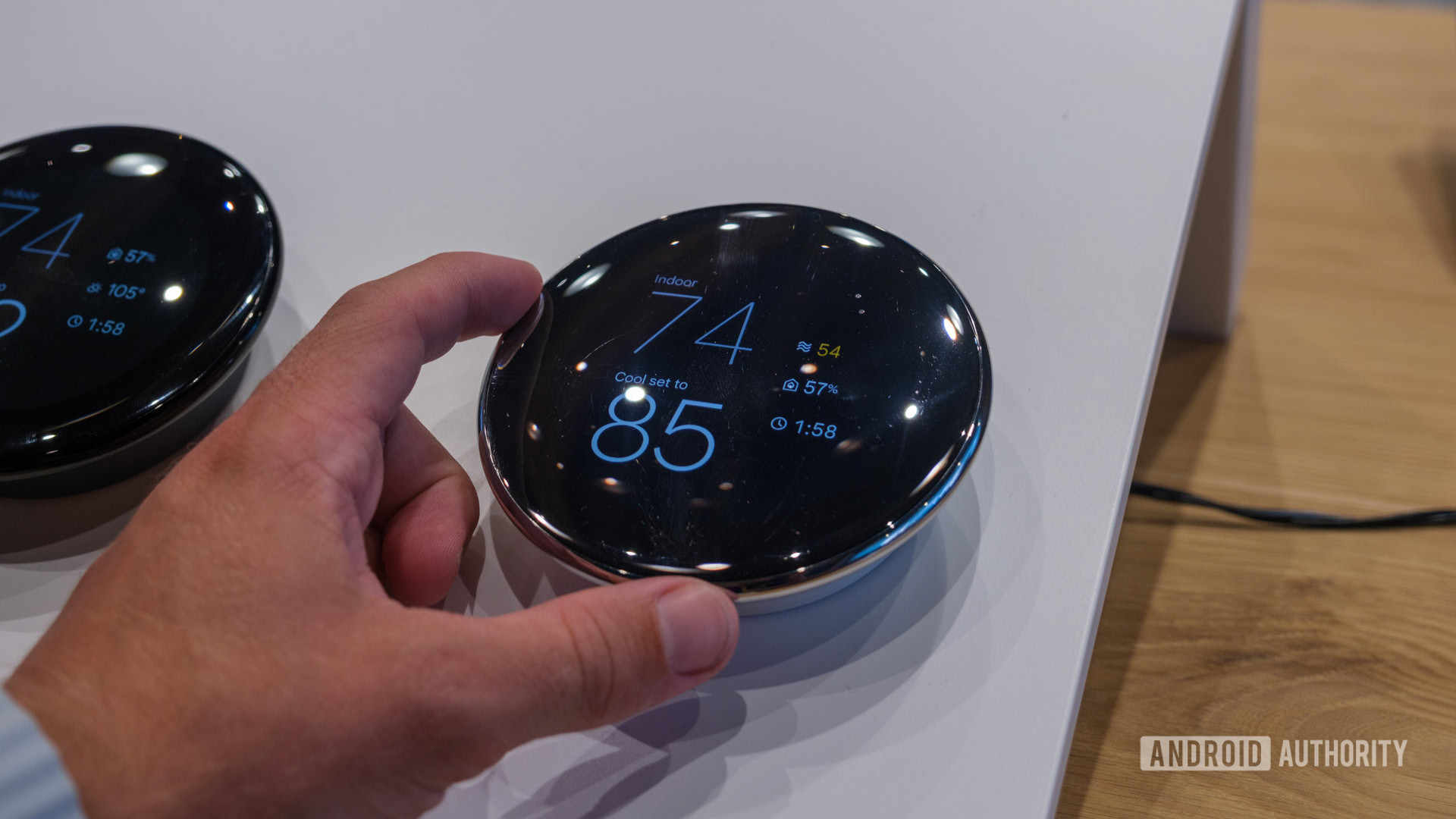
Google should learn from this rumored Apple Watch app upgrade
Hadlee Simons16 hours ago
0
